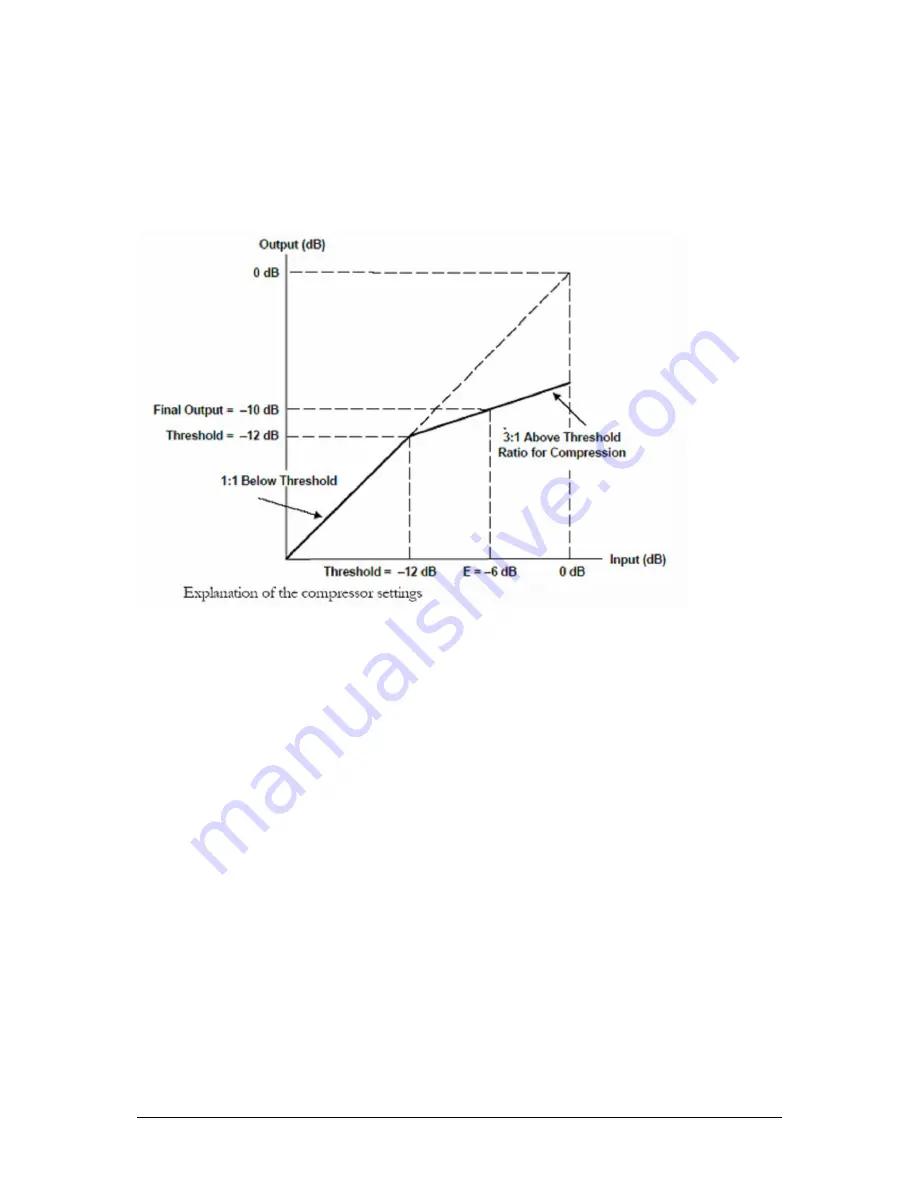
Brought to you by PCS Electronics, www.pcs-electronics.com
26
Audio Compressor Settings (only with DSP stereo encoders)
These are settings which control the operation of the compressor. Lets assume that the audio signal enters the
transmitter at some low level. Compressor does nothing to the signal until at one point as the input signal increases
the signal reaches the compression threshold. Digital signal processor starts compressing the signal beyond that
point. The higher the compression ratio the higher the compression. For example, compression ratio of 1:1 would in
effect be a limiter.
Attack: Set the attack time, this is the time between the input signal and the actual response of the compressor.
Decay: Set the decay time, this is the time the compressor needs to respond after the input signal falls back to
normal level (below threshold).
Interval: Set the integration interval, this is the time the DSP evaluates the signal to establish whether it should
respond or not.
Integration interval determines the energy needed to trip the compressor. In simple words; it determines how long
the audio needs to be loud for the compressor to respond by reducing the gain. This is not to be confused with
attack time. Attack time of 50ms means the compressor will respond in 50ms after the signal spike is detected,
regardless of duration of that spike, even if it is just a very short event. With longer integration interval, on the other
hand, compressor only responds if a long spike or a substantial number of spikes is detected (meaning more signal
energy).
Threshold: Set the compression threshold.
Compression: Set the compression level.
















































